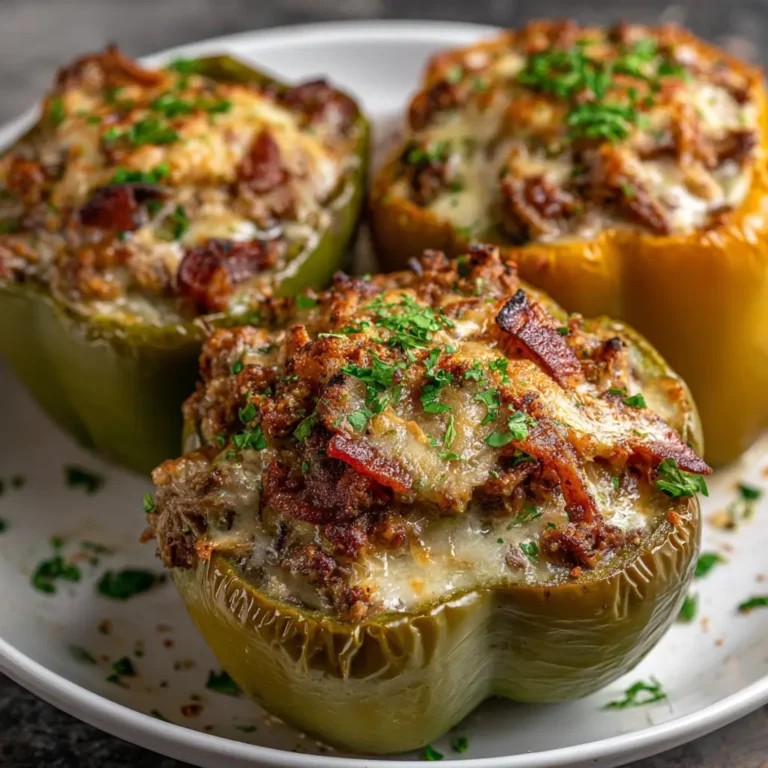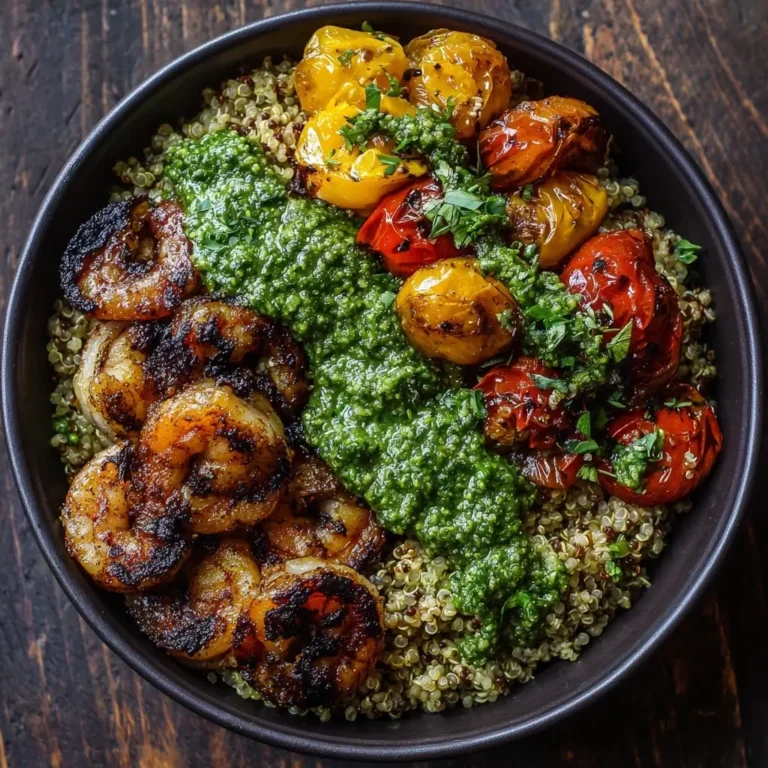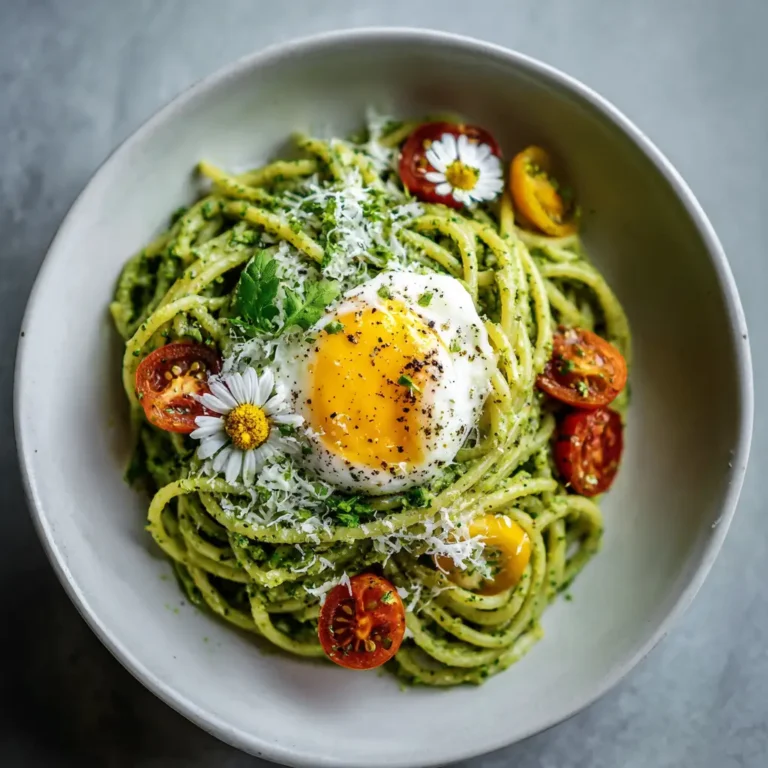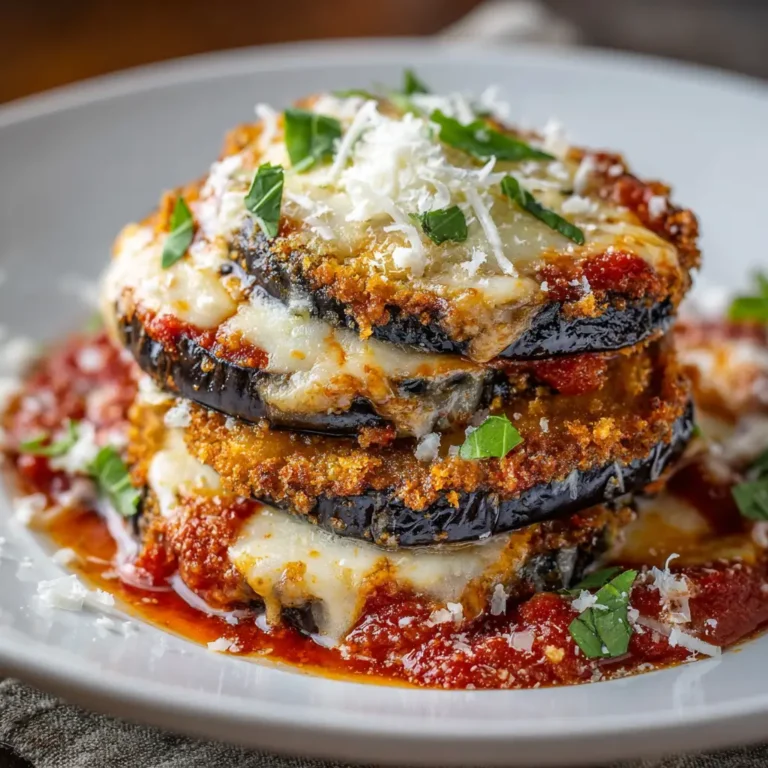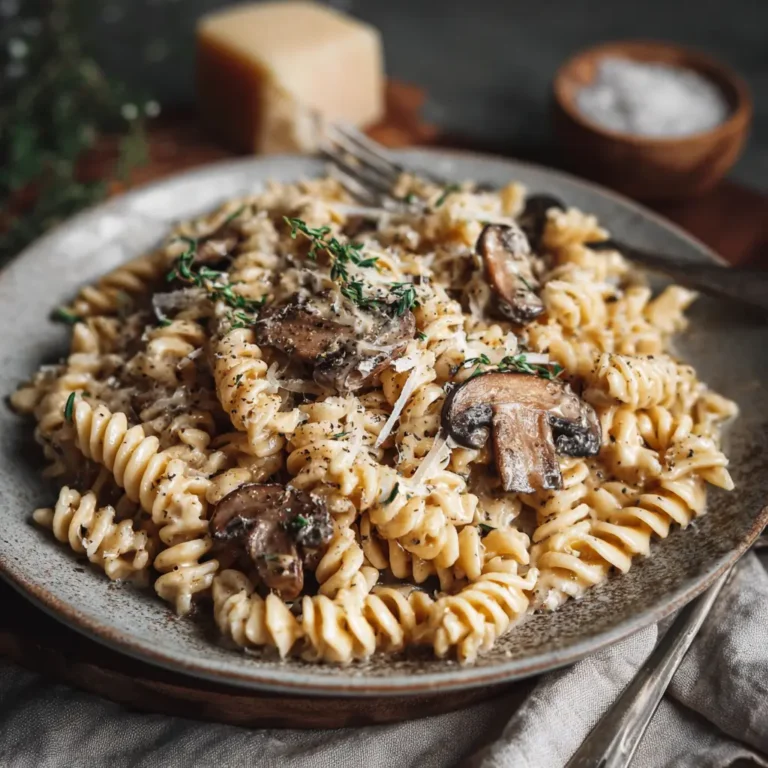Chickpea Salad with Smashed Cucumbers
Chickpea Salad with Smashed Cucumbers: A Refreshing, Nutritious Delight
The History
The origins of chickpea salad can be traced back to the Mediterranean and Middle Eastern regions, where legumes have long been a staple in traditional diets. Chickpeas, also known as garbanzo beans, have been cultivated for over 7,500 years, primarily in the Fertile Crescent region encompassing modern-day Turkey, Syria, and Lebanon. Ancient civilizations valued them not only for their rich nutritional content but also for their versatility in cooking. Over time, variations of chickpea salads evolved across cultures—from Greek fava salata to Lebanese hummus bi-samt and Turkish pilaki. The concept of combining chickpeas with fresh vegetables, herbs, and olive oil became a hallmark of the Mediterranean diet, celebrated globally for its health benefits.
The addition of smashed cucumbers to this salad draws inspiration from Chinese and Southeast Asian culinary techniques, particularly the popular “smashed cucumber salad” (pinyin: liangban huo gua), which uses rough-cracked cucumbers to enhance texture and absorb bold dressings. This fusion approach—marrying the earthy richness of chickpeas with the crisp, juicy bite of smashed cucumbers—creates a harmonious blend of flavors and textures that bridges culinary traditions. Today, this hybrid dish has found a beloved place in modern plant-based cuisine, appreciated by home cooks and chefs alike for its simplicity, vibrant taste, and nourishing profile.
Ingredients Breakdown
Chickpeas: Also called garbanzo beans, these are the protein-packed foundation of the salad. Rich in fiber, folate, and iron, canned or cooked dried chickpeas work well—just be sure to rinse and drain them thoroughly if using canned to reduce sodium and improve digestibility.
Cucumbers: English or Persian cucumbers are ideal due to their thin skin and minimal seeds. The “smashed” technique involves lightly crushing the cucumber with the flat side of a knife or a mortar, breaking open its cell structure and allowing it to soak up the dressing more effectively than sliced cucumbers.
Red Onion: Adds a sharp, tangy bite that balances the creaminess of the chickpeas. Soaking it in cold water for 10 minutes before adding to the salad reduces its pungency while preserving its crunch.
Cherry Tomatoes: Halved or quartered, they contribute sweetness and acidity, enhancing the freshness and color contrast in the dish.
Fresh Herbs: Parsley and mint are commonly used; parsley brings a clean, slightly peppery flavor, while mint adds a cooling, aromatic lift that pairs beautifully with both chickpeas and cucumbers.
Lemon Juice: Freshly squeezed lemon juice provides bright acidity that cuts through the richness of the chickpeas and olive oil, acting as the primary sour component in the dressing.
Olive Oil: High-quality extra virgin olive oil lends a fruity, smooth richness and helps emulsify the dressing, carrying flavors throughout the salad.
Garlic: Minced raw garlic adds depth and warmth. Use sparingly if you’re sensitive to strong garlic flavors, or roast it for a mellower note.
Ground Cumin: A warm, earthy spice commonly used in Middle Eastern cuisine, cumin enhances the nuttiness of chickpeas and ties the entire flavor profile together.
Salt and Black Pepper: Essential seasonings that elevate all other ingredients. Sea salt or kosher salt is preferred for better texture and flavor control.
Optional Add-Ins: Crumbled feta cheese, toasted pine nuts, chopped bell peppers, olives, or avocado can add creaminess, saltiness, or crunch depending on your preference.
Step-by-Step Recipe
- Prepare the Chickpeas: Drain and rinse 2 cups of canned chickpeas under cold water. Pat dry with a clean kitchen towel or paper towels to remove excess moisture. For a firmer texture and enhanced flavor absorption, consider roasting them: toss with 1 tbsp olive oil, ½ tsp cumin, salt, and pepper, then spread on a baking sheet and roast at 400°F (200°C) for 20–25 minutes until slightly crispy. Let cool completely before using. (Alternatively, use raw rinsed chickpeas for a softer texture.)
- Smash the Cucumbers: Wash 2 medium English cucumbers. Cut them into 2-inch segments. Place one piece at a time on a cutting board and press down firmly with the flat side of a chef’s knife or meat mallet until it cracks and splinters into irregular chunks. Transfer to a large mixing bowl. Repeat with remaining cucumbers.
- Prep the Vegetables: Thinly slice ¼ cup of red onion and soak in a bowl of ice water for 10 minutes to mellow the bite. Drain and pat dry. Halve 1 cup of cherry tomatoes and chop ¼ cup each of fresh flat-leaf parsley and mint.
- Make the Dressing: In a small jar or bowl, whisk together the juice of 1 large lemon (about ¼ cup), 3 tablespoons extra virgin olive oil, 1 minced garlic clove, ½ teaspoon ground cumin, ¾ teaspoon sea salt, and freshly ground black pepper to taste. Shake or whisk vigorously until emulsified.
- Combine Ingredients: Add the cooled chickpeas, drained red onions, cherry tomatoes, and fresh herbs to the bowl with the smashed cucumbers.
- Dress the Salad: Pour the dressing over the salad mixture. Gently toss everything together using a large spoon or your hands (wear gloves if desired) to ensure even coating without mashing the chickpeas too much.
- Rest Before Serving: Cover and refrigerate the salad for at least 30 minutes to allow the flavors to meld. This resting period enhances the overall taste, especially the cucumber’s ability to absorb the dressing.
- Serve: Give the salad a final toss before serving. Taste and adjust seasoning with additional salt, lemon juice, or pepper as needed. Serve chilled or at room temperature.
Tips
- Use Fresh Lemon Juice: Bottled lemon juice lacks the brightness and complexity of freshly squeezed lemons. Always opt for fresh citrus for the best flavor.
- Don’t Skip the Smash: Smashing cucumbers isn’t just a trendy technique—it increases surface area, allowing them to absorb more dressing and deliver a juicier, more flavorful bite.
- Rinse Chickpeas Well: Especially when using canned chickpeas, thorough rinsing removes excess sodium and the starchy liquid that can make salads soggy.
- Roast Chickpeas for Extra Flavor: Roasting not only improves texture but intensifies the nutty flavor of chickpeas, making the salad more satisfying.
- Balancing Acidity: If the salad tastes too tart after chilling, balance it with a drizzle of honey or maple syrup (½ teaspoon at a time) or an extra splash of olive oil.
- Add Crunch Later: If including nuts or seeds like toasted almonds, sunflower seeds, or pumpkin seeds, add them just before serving to maintain their crispness.
- Herb Quantity Matters: Don’t skimp on fresh herbs—they’re not just garnish! They contribute significantly to aroma, freshness, and overall flavor complexity.
- Season in Layers: Season both the chickpeas (if roasting) and the dressing separately, then taste again after combining. Layered seasoning ensures consistent flavor throughout.
Variations and Customizations
This chickpea salad is incredibly adaptable and welcomes creative twists based on dietary preferences, seasonal produce, or cultural influences.
- Mediterranean Twist: Add crumbled feta cheese, Kalamata olives, diced bell peppers, and a pinch of oregano. Serve with warm pita bread or stuff into a wrap.
- Asian Fusion: Swap lemon juice for rice vinegar, add a dash of soy sauce or tamari, a sprinkle of sesame oil, and top with toasted sesame seeds and sliced green onions. Include grated ginger in the dressing for extra zing.
- Spicy Version: Stir in finely chopped jalapeño, a pinch of red pepper flakes, or a few dashes of hot sauce. Harissa paste (½ tsp) blended into the dressing adds smoky heat.
- Creamy Variation: Mix in a few tablespoons of tahini or plain Greek yogurt to the dressing for a richer, creamier consistency. This turns it into a heartier side dish or light main course.
- Avocado Addition: Fold in diced ripe avocado just before serving for added creaminess and healthy fats. To prevent browning, squeeze a little extra lemon juice over the avocado first.
- Grain-Enhanced: Turn the salad into a complete meal by mixing in cooked quinoa, farro, bulgur, or couscous. This makes it perfect for meal prep lunches.
- Vegan & Oil-Free Option: Omit olive oil and replace it with unsweetened applesauce or vegetable broth in the dressing. Skip cheese and dairy-based toppings.
- Fruit Infusion: For a sweet-savory twist, add diced apple, pomegranate arils, or orange segments. Pairs especially well with mint and a touch of cinnamon in the dressing.
- Smoked Paprika Upgrade: Replace regular cumin with smoked cumin or add a pinch of smoked paprika for a deeper, barbecue-like flavor profile.
- Kitchen Sink Style: Use whatever veggies you have on hand—shredded carrots, chopped celery, radishes, or even roasted beets can find a place in this flexible recipe.
Health Considerations and Nutritional Value
Chickpea salad with smashed cucumbers is a powerhouse of nutrition, aligning perfectly with plant-based, heart-healthy, and weight-conscious eating patterns.
A typical 1-cup serving (approximately 200g) contains roughly:
- Calories: 180–220 kcal
- Protein: 7–9g – An excellent plant-based source supporting muscle repair and satiety.
- Fiber: 6–8g – Promotes digestive health, stabilizes blood sugar, and supports gut microbiota.
- Healthy Fats: 10–14g – Primarily monounsaturated fats from olive oil, beneficial for cardiovascular health.
- Carbohydrates: 20–25g – Mostly complex carbs with a low glycemic index, providing sustained energy.
- Vitamins & Minerals: Rich in vitamin C (from lemon and tomatoes), vitamin K, potassium (cucumber, chickpeas), folate (chickpeas), and antioxidants like lycopene (tomatoes).
Benefits:
- Supports Heart Health: The combination of soluble fiber, unsaturated fats, and absence of cholesterol helps lower LDL (“bad”) cholesterol levels.
- Aids Weight Management: High fiber and protein content increase fullness, reducing overall calorie intake throughout the day.
- Diabetes-Friendly: Low glycemic load and high fiber help regulate insulin response and blood glucose levels.
- Promotes Gut Health: Chickpeas contain prebiotic fibers that feed beneficial gut bacteria, improving digestion and immune function.
- Anti-Inflammatory Properties: Olive oil, garlic, lemon, and herbs contain compounds like polyphenols and flavonoids that combat oxidative stress.
Considerations:
- Gas and Bloating: Some individuals may experience digestive discomfort due to oligosaccharides in chickpeas. Soaking dried beans before cooking and rinsing canned ones thoroughly can help. Gradually increasing legume intake also improves tolerance.
- Sodium Content: Store-bought canned chickpeas can be high in sodium. Opt for low-sodium or no-salt-added varieties, or cook dried chickpeas from scratch to control salt levels.
- Allergies: While rare, chickpea allergies exist, particularly among people allergic to other legumes. Cross-reactivity with peanuts (also legumes) is possible in some cases.
- Portion Control: Though nutritious, the salad can become calorie-dense with generous amounts of olive oil, cheese, or nuts. Stick to recommended serving sizes if managing caloric intake.
Ingredients
- 2 cups cooked chickpeas (canned or soaked and boiled), rinsed and drained
- 2 medium English cucumbers, ends trimmed
- ¼ cup thinly sliced red onion
- 1 cup cherry tomatoes, halved
- ¼ cup fresh flat-leaf parsley, finely chopped
- ¼ cup fresh mint leaves, finely chopped
- Juice of 1 large lemon (about ¼ cup)
- 3 tablespoons extra virgin olive oil
- 1 clove garlic, minced
- ½ teaspoon ground cumin
- ¾ teaspoon sea salt (or to taste)
- Freshly ground black pepper, to taste
- Optional: crumbled feta, avocado, olives, toasted nuts/seeds
Directions
- If roasting chickpeas: Preheat oven to 400°F (200°C). Toss chickpeas with 1 tbsp olive oil, ½ tsp cumin, ¼ tsp salt, and pepper. Spread on a parchment-lined baking sheet and roast 20–25 minutes until golden and slightly crispy. Cool completely.
- Place cucumbers on a cutting board one at a time. Using the flat side of a chef’s knife or a rolling pin, press down firmly to crack and smash them into coarse pieces. Transfer to a large mixing bowl.
- Soak sliced red onion in cold water for 10 minutes, then drain and pat dry.
- In a small bowl or jar, whisk together lemon juice, olive oil, minced garlic, cumin, salt, and pepper until well combined and slightly emulsified.
- Add cooled chickpeas, cherry tomatoes, drained red onion, parsley, and mint to the bowl with cucumbers.
- Pour dressing over the salad and gently toss to combine, ensuring all ingredients are evenly coated.
- Cover and refrigerate for at least 30 minutes to allow flavors to develop.
- Before serving, give the salad a final mix, adjust seasoning if necessary, and add any optional toppings like feta or avocado.
- Serve chilled or at room temperature, ideally within 2 hours of final preparation for peak freshness.
FAQ
Can I make this salad ahead of time?
Yes! This salad actually tastes better after marinating in the fridge for a few hours. Prepare it up to 24 hours in advance and store covered in the refrigerator. Add delicate ingredients like avocado or fresh herbs just before serving.
How long does it last in the fridge?
Properly stored in an airtight container, the salad will keep for 3–4 days. The cucumbers may release water over time, so draining excess liquid before serving helps maintain texture.
Can I freeze chickpea salad?
No, freezing is not recommended. The high water content in cucumbers and tomatoes causes them to become mushy upon thawing, and the herbs will lose their vibrancy.
Is this salad gluten-free?
Yes, all base ingredients are naturally gluten-free. Just ensure that any optional additions (like croutons or flavored oils) are certified gluten-free if needed.
Can I use dried chickpeas instead of canned?
Absolutely. Soak ½ cup dried chickpeas overnight, then boil until tender (about 1–1.5 hours). Drain and use as directed. Dried chickpeas often have superior texture and flavor.
What can I serve this salad with?
It pairs wonderfully with grilled chicken, fish, or tofu. It also works as a filling for pitas, wraps, or sandwiches, or as a side to grain bowls, falafel, or roasted vegetables.
Why are my cucumbers watery?
Cucumbers naturally contain a lot of water. Salting them briefly and draining can reduce moisture, but smashing and immediate dressing usually integrates the liquid into the salad nicely. If serving later, strain off excess juice before serving.
Can I use bottled lemon juice?
Freshly squeezed lemon juice is highly recommended for optimal flavor and acidity. Bottled versions often have preservatives and lack the bright, nuanced taste of fresh citrus.
How do I prevent the salad from being too acidic?
Taste as you go! Start with half the lemon juice, then gradually add more until balanced. You can always add more acid, but you can’t remove it. A touch of honey or maple syrup can counteract excessive tartness.
Can I make it oil-free?
Yes. Replace olive oil with 3–4 tablespoons of vegetable broth, aquafaba (chickpea brine), or unsweetened applesauce. Note that the mouthfeel and flavor will differ slightly.
Summary
Chickpea Salad with Smashed Cucumbers is a vibrant, nutrient-dense dish that blends Mediterranean and Asian culinary traditions into one refreshing, satisfying meal. Packed with plant-based protein, fiber, and fresh flavors, it’s as wholesome as it is delicious.
Ideal for meal prep, picnics, or quick weeknight dinners, this versatile salad offers endless customization options while staying rooted in simple, wholesome ingredients that nourish the body and delight the palate.

